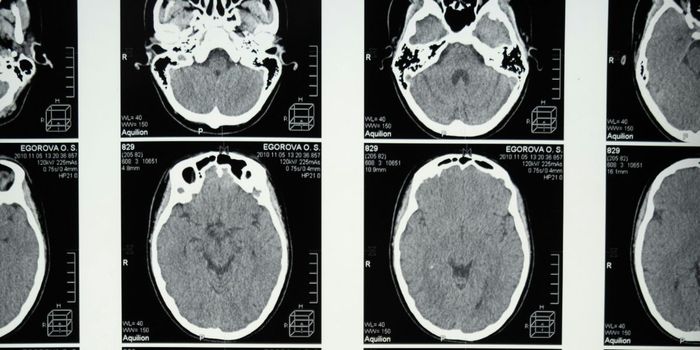Loneliness: Is It a Public Health Problem?
Loneliness doesn't sound like something that is a medical problem, but findings from the American Psychological Association show that people who are lonely and socially isolated could have chronic health problems as a result. A study by AARP shows that loneliness is increasing and the health implications could eventually be a more significant risk to public health than obesity.
At the 2017 meeting of the American Psychological Association, Julianne Holt-Lunstad, Ph.D., a professor of psychology at Brigham Young University presented findings on the issue. She explained, "Being connected to others socially is widely considered a fundamental human need -- crucial to both well-being and survival. Extreme examples show infants in custodial care who lack human contact fail to thrive and often die, and indeed, social isolation or solitary confinement has been used as a form of punishment. Yet an increasing portion of the U.S. population now experiences isolation regularly."
When AARP conducted their Loneliness Study, they estimated that more than 40 million people aged 45 or older were suffering from chronic loneliness. Changing population numbers are also a factor. Data from the U.S. Census shows that in all age groups, over 25% of people live alone. Half of all Americans are unmarried, and marriage rates and the number of children families chose to have has gone down. These are the trends that indicate an increasing number of people that are not connected enough socially and could be at risk.
As proof of the risk to those who are socially isolated, two analyses were presented at the APA annual meeting. The collection of study data and findings concerning social isolation was not only a health concern but could even be connected to a risk of early death. One analysis of 148 different pieces of research on the issue was a comprehensive look at the problem and included over 300,000 study subjects. The data showed that being connected socially, with friends, family or community interaction was associated with a 50% lower risk of early mortality.
Another analysis of data was more widespread encompassing 70 research studies, 3.4 million participants and included people from Europe, Asian and Australia. These studies all examined the role that social isolation, loneliness or living alone had on mortality and premature death. Each of these factors was found to have a significant impact on the risk of dying early. When the numbers were crunched, these identified risks were equal to, or in some cases, higher than the well-established risk that is associated with obesity.
Holt-Lunstad concluded that resources must be found that increase the number of people who are getting older and becoming less connected to their families and communities. Projects like community activities, senior center outreach, and volunteer opportunities are all ways that those who are shut off from society could be brought back from isolation and loneliness. She stated, "With an increasingly aging population, the effect on public health is only anticipated to increase. Indeed, many nations around the world now suggest we are facing a 'loneliness epidemic.' The challenge we face now is what can be done about it."
Sources: AARP, American Psychological Association, UPI









